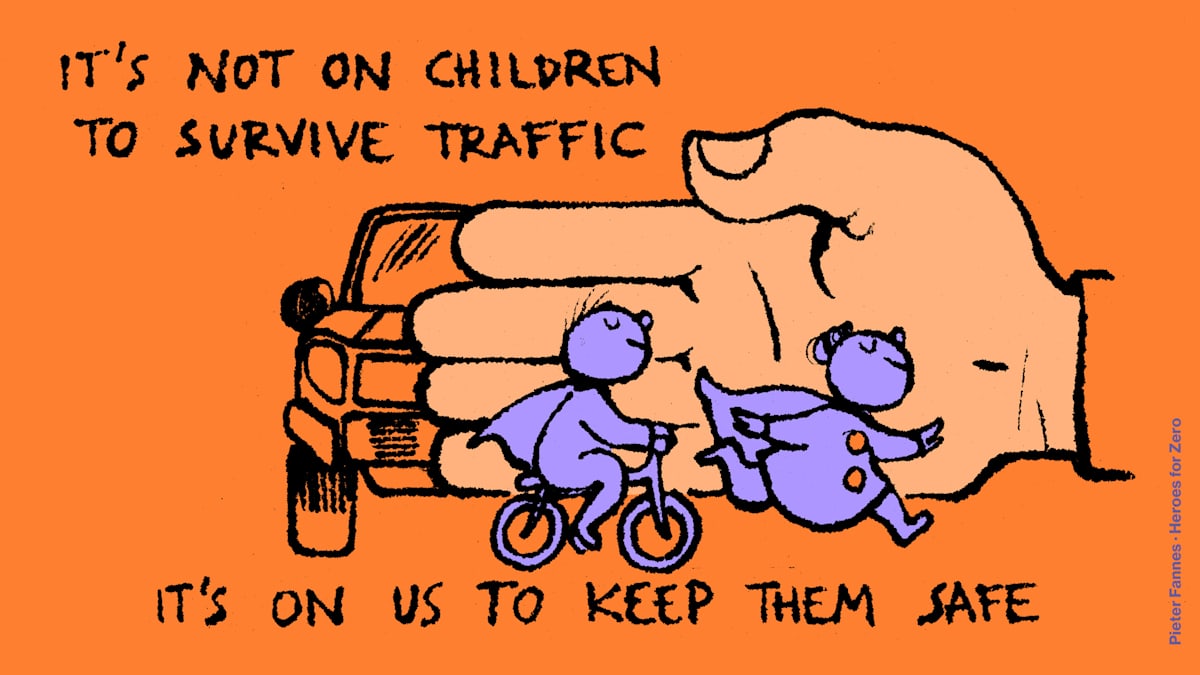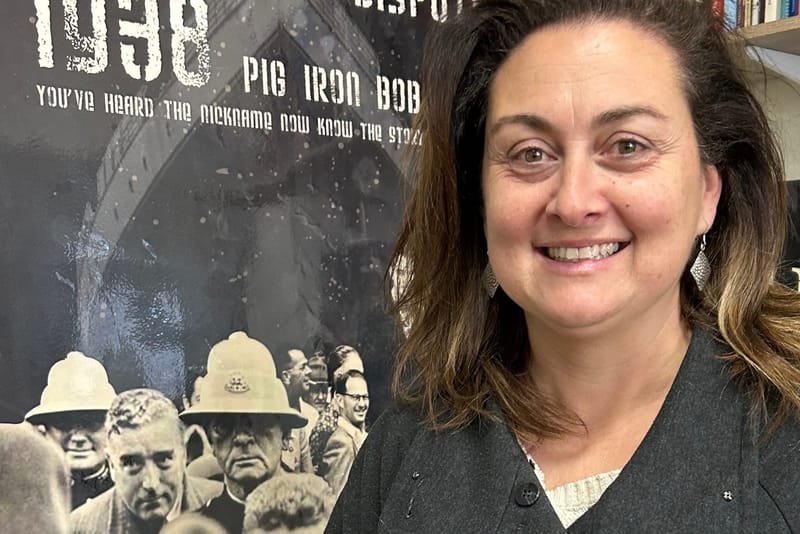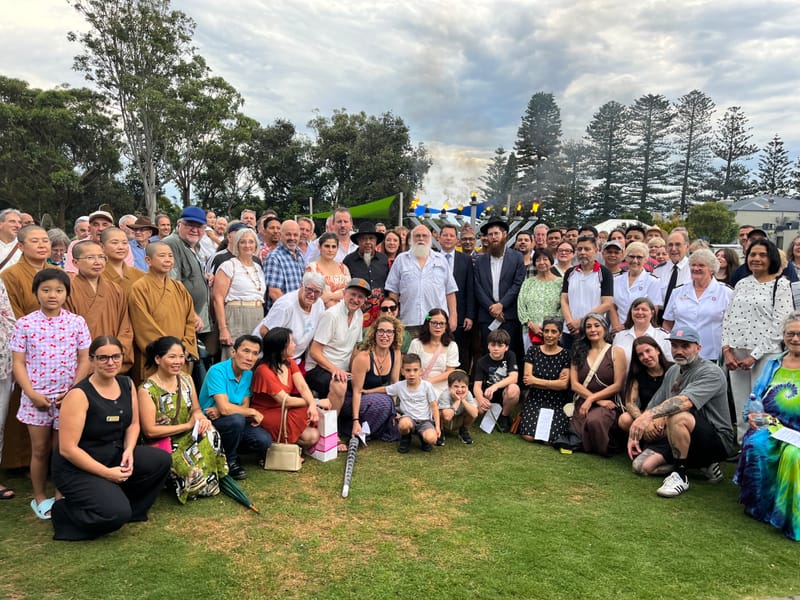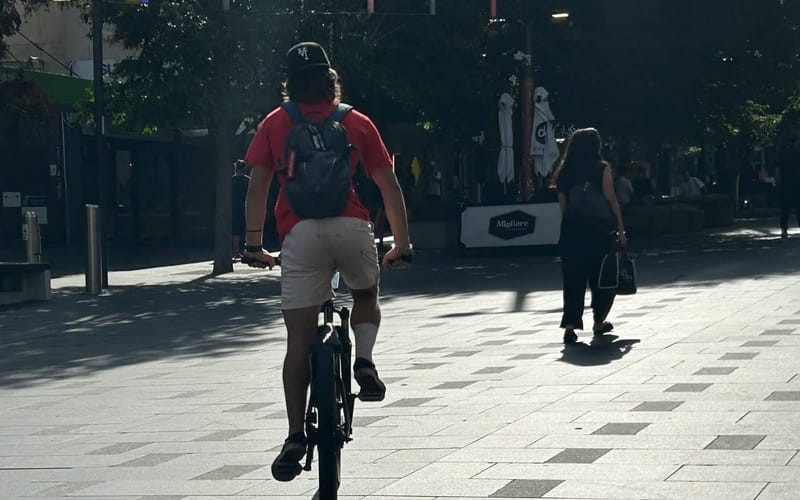Lockdown turns streets into playgrounds
In the March 2020 national lockdown, there was a significant decrease in vehicular traffic on local streets and an increase in people walking and riding bikes in their local neighbourhoods. A surge in sales of new and second hand bikes followed. For...
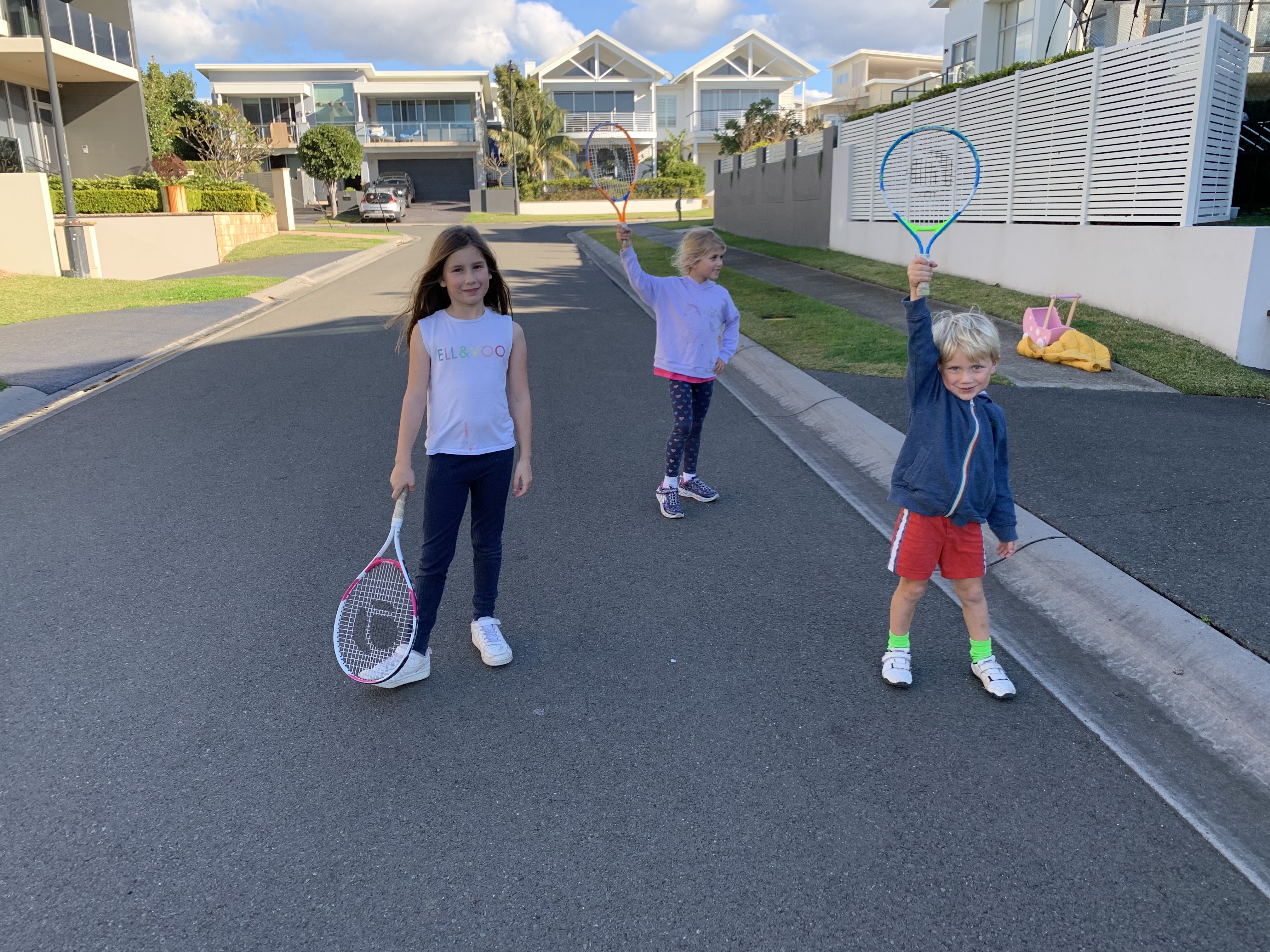
In the March 2020 national lockdown, there was a significant decrease in vehicular traffic on local streets and an increase in people walking and riding bikes in their local neighbourhoods. A surge in sales of new and second hand bikes followed. For the six weeks of lockdown in Wollongong the increase in walking and cycling was sustained, not surprisingly, many children gained a level of independence and freedom when moving through their local streets – roaming more confidently on bikes or walking, playing tennis on the streets or exploring local bushlands. People connected with neighbours and generally slowed down to a more sustainable living pace.
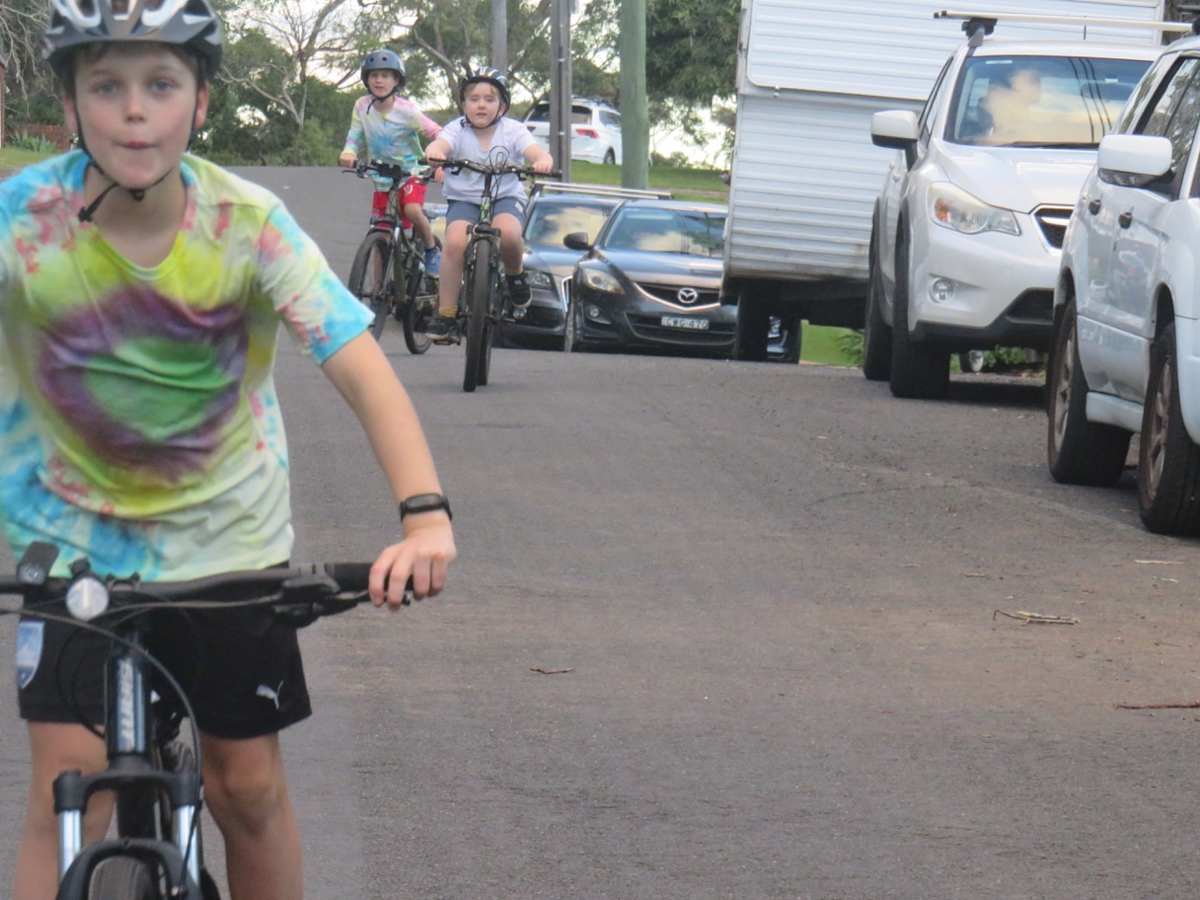
When the lockdown was lifted and restrictions eased, thankfully kids were able to return to school and other activities, while parents and other adults returned to work. The vehicular traffic slowly returned to neighbourhood streets and kids and indeed adults were restricted in their ability to walk or ride through their local neighbourhoods. Eventually the increase in walking and riding decreased, then all but reversed to pre lockdown numbers.
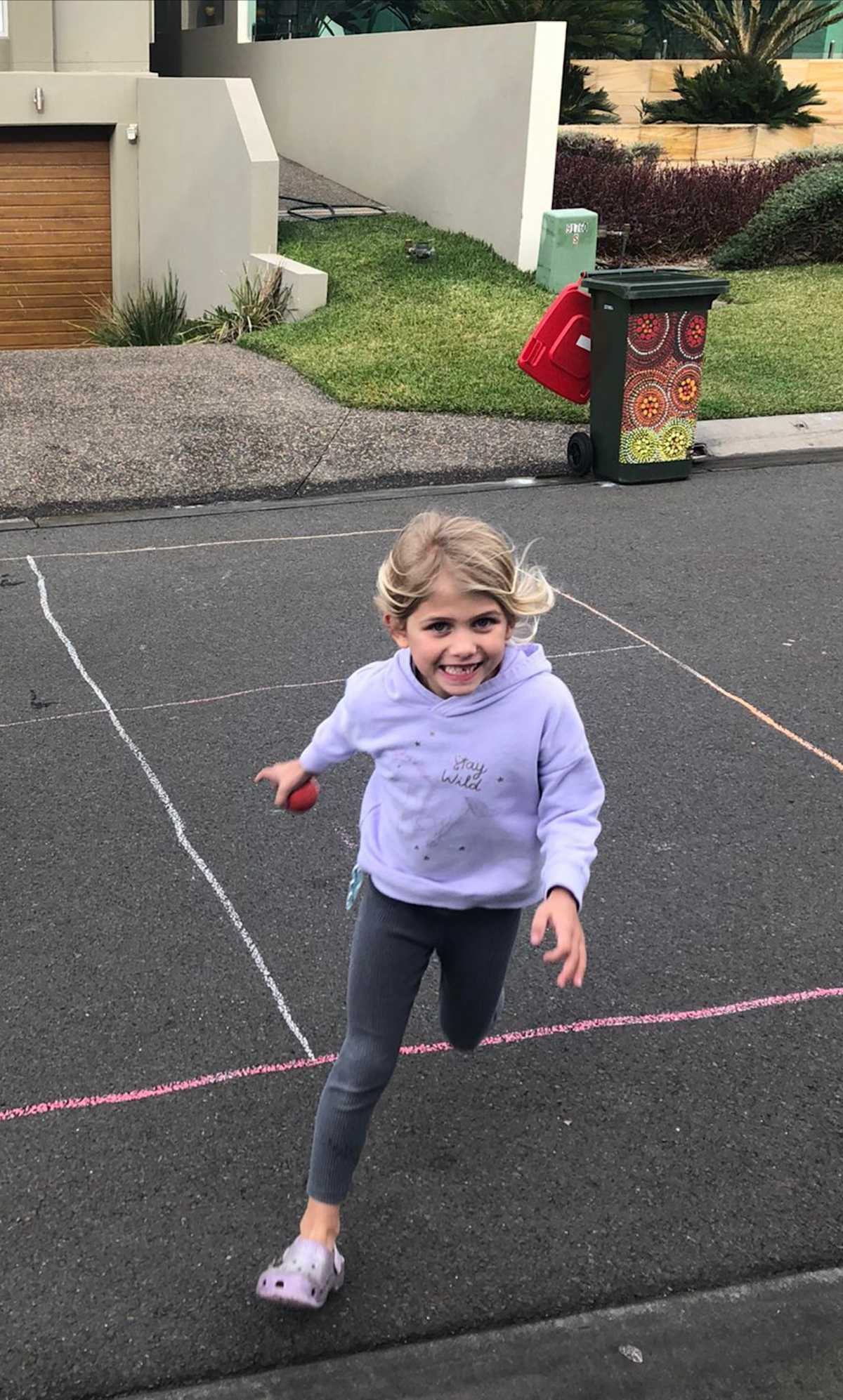
Last week, on the weekend leading into school holidays, Greater Sydney was sensibly placed into another lockdown to reduce the spread of the Delta variant of Covid-19. School holidays away from home were cancelled, families who had already travelled returned home.
As we enter the second week of holidays and lockdown 2.0 continues, again, there has been a significant reduction in vehicular traffic on local streets. People, especially kids are using their bikes, perhaps purchased during last year’s lockdown, and they are walking and riding through their neighbourhood again. Making connections with school friends at a safe distance and playing as if they were at a caravan park on the South Coast. And kids love it.
Imagine if we could create an environment of low traffic neighbourhoods with low vehicular speeds that encourage children and adults to ride and walk to school or work and other short trips. We need to break the vicious circle of using cars even for the shortest distances, creating too much traffic at too high speeds for our neighbourhoods to feel safe, making walking and cycling less safe and pleasant and generating higher volumes of traffic.
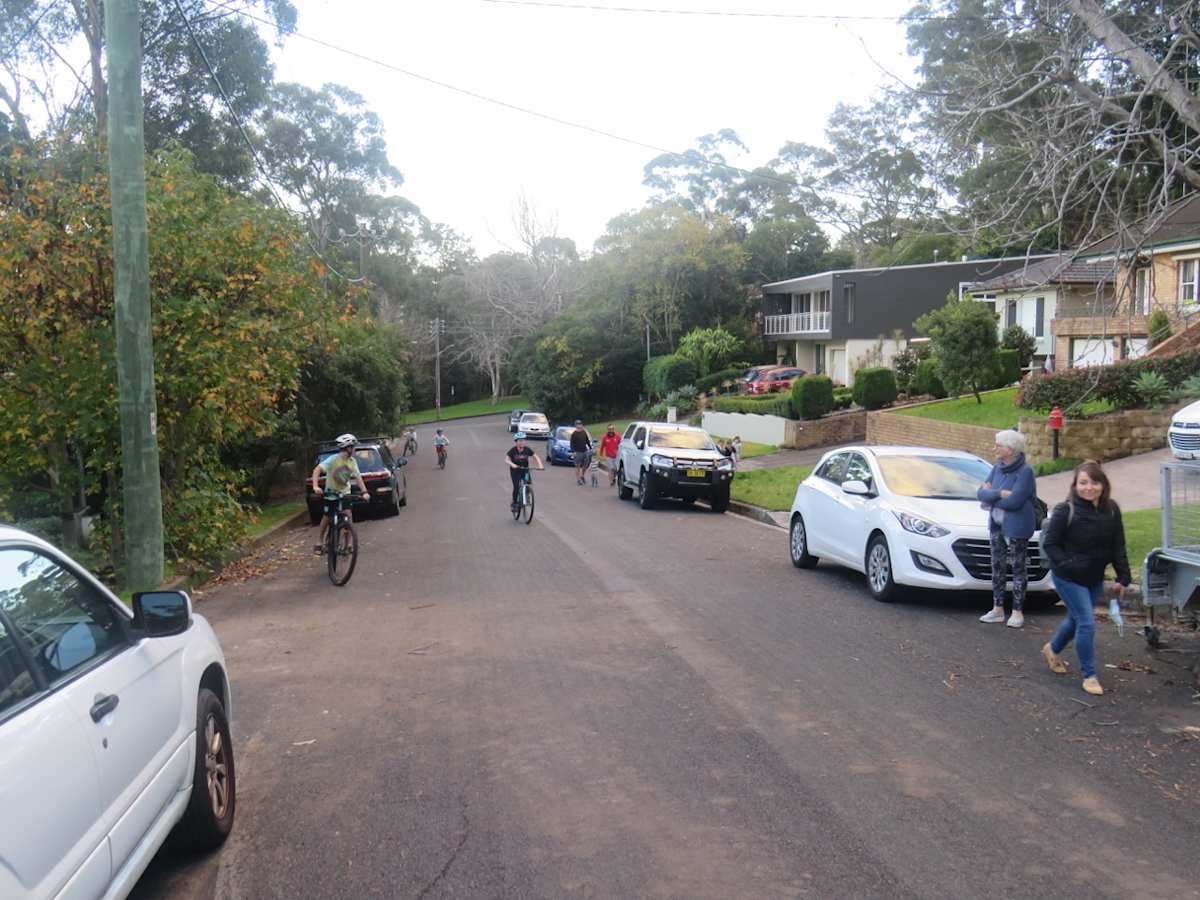
Walking and riding, allows people to connect, improves community resilience and improves mental and physical health for individuals across their lifetime.
Safe Streets to School is calling for the NSW State Government to work with local councils to provide pedestrian priority crossings and footpaths or 30km/hr speed limits on all non-arterial streets within a 2km radius of schools. These measures would allow communities to encourage people, especially children to ride or walk to school and for other short trips in their neighbourhood. Children who walk or ride to school do not require parents to drop them off, which reduces congestion on local streets and frees up parents to do more fun things with their kids than driving them around.
ABOUT THE AUTHOR
Jon Lindley is the founder of Safe-Streets-to-School.org a community campaign aiming to make it safer for children to walk and cycle to school.
